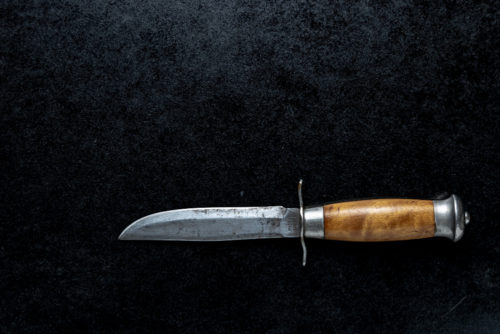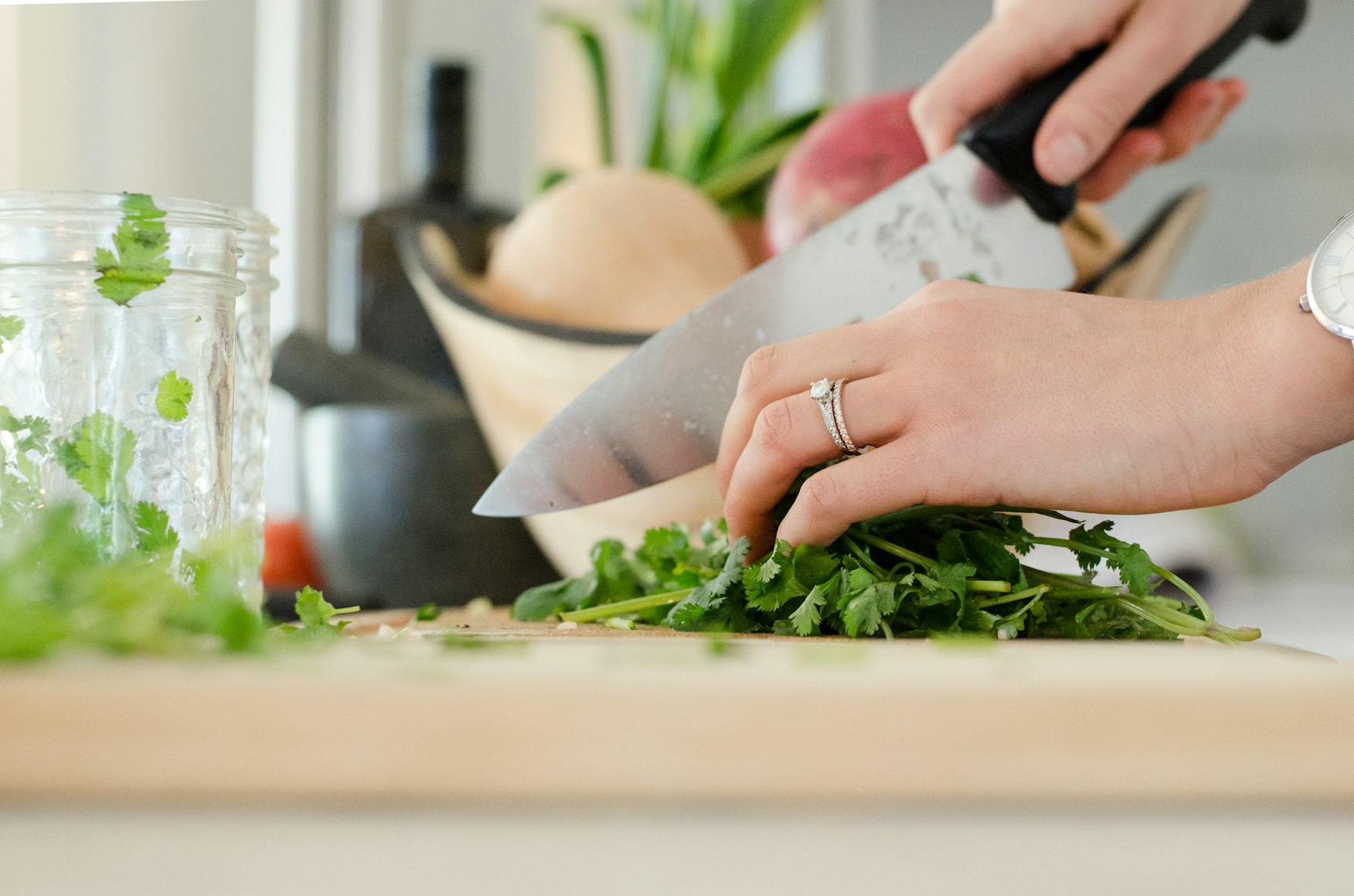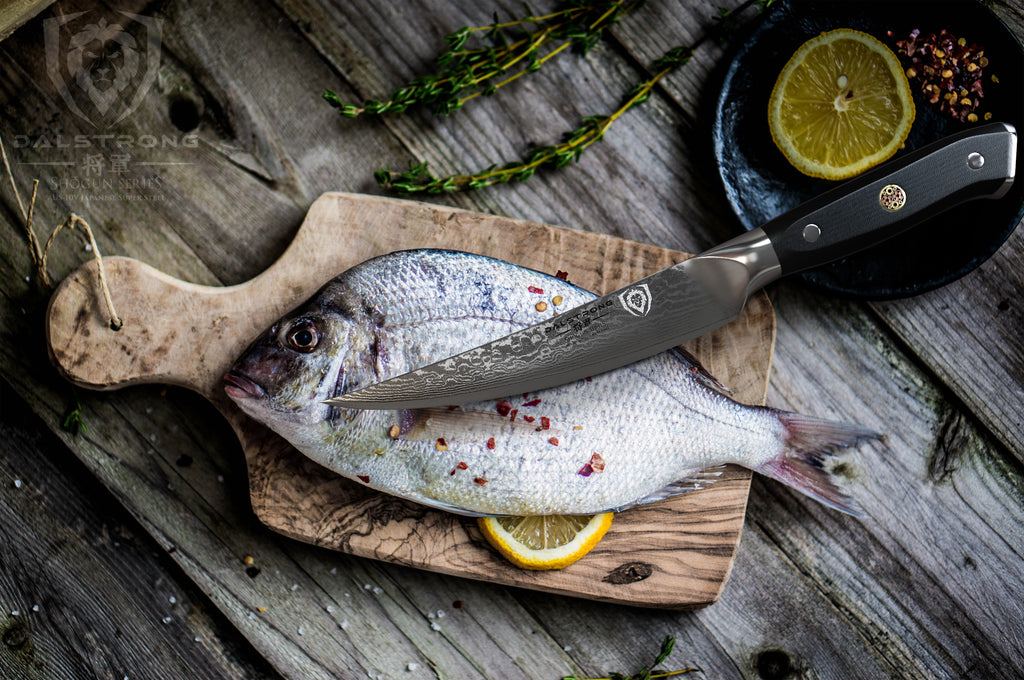If you are a kitchen hobbyist, you understand the significance of keeping your knives sharp. One knife that often gets overlooked in the sharpening process is the serrated steak knife. Knowing how to sharpen a serrated steak knife can dramatically improve your cooking experience. A sharp serrated knife can glide through steak effortlessly, enhancing your overall dining experience.

Understanding Serrated Knives
Before diving into the sharpening process, it’s crucial to understand what makes serrated knives unique. Unlike traditional straight-edged knives, serrated blades have a toothy edge. This design allows them to saw through tougher materials without much effort.
Different Components of a Serrated Knife
Each serrated knife comprises of several parts: the edge, gullets, and teeth. The edge is the cutting surface, the gullets are the spaces between the teeth, and the teeth are the points that make contact with the food.

Why Sharpening is Necessary
Even though serrated knives stay sharp longer than straight-edged knives, they eventually dull over time. Dull knives can make cutting tasks frustrating and even dangerous. Learning how to sharpen a serrated steak knife will ensure you consistently achieve clean cuts.

Materials Needed for Sharpening
- Serrated knife sharpener or sharpening rod
- Cloth or towel
- Knife block or cutting board
Choosing the Right Sharpener
Not all knife sharpeners are suitable for serrated edges. It’s essential to select a tool that fits snugly into the gullets and accurately sharpens each tooth.

Step-by-Step Guide to Sharpening a Serrated Steak Knife
Step 1: Secure the Knife
Start by placing your knife on a stable surface, such as a cutting board. Use a towel to keep the blade steady and prevent slipping.
Step 2: Insert the Sharpening Rod
Carefully insert the sharpening rod into one of the gullets. Ensure it fits snugly, allowing you to sharpen each tooth individually.
Step 3: Sharpen Each Tooth
Move the rod back and forth within the gullet. Apply gentle pressure and focus on maintaining the original angle of the edge.
Step 4: Clean the Blade
After sharpening, rinse the blade thoroughly and dry it with a clean cloth. This step removes any metal filings and ensures the blade is ready for use.
Maintaining Your Serrated Steak Knife
Regular maintenance is key to extending the life of your serrated knife. Clean your knife after each use and store it properly to prevent damage.
Common Mistakes to Avoid
Avoid using a sharpener that’s too large or small for the gullets. Additionally, dont apply excessive force while sharpening, as this can damage the knife.
Comparing Serrated and Straight-Edged Knives
Both types of knives have their unique advantages. While serrated knives excel in cutting through tougher foods like bread and steak, straight-edged knives provide clean slices for fruits and vegetables.
FAQs About Sharpening Serrated Steak Knives
Can I Use a Regular Knife Sharpener?
No, a regular knife sharpener won’t effectively sharpen a serrated blade. It’s essential to use a serrated knife sharpener or sharpening rod.
How Often Should I Sharpen My Serrated Steak Knife?
The frequency depends on usage. For average home use, sharpening every six months should suffice.
What is the Best Way to Store My Serrated Steak Knife?
Store your knife in a knife block or on a magnetic strip to protect the blade and prevent accidents.
Conclusion
Mastering how to sharpen a serrated steak knife can significantly improve your cooking and dining experience. Regular maintenance and proper sharpening techniques will ensure your knives are always ready for action.
As an Amazon Associate, I earn from qualifying purchases.
For more tips on knife maintenance, check out sharpen a knife and Rapala fillet knife.
For different types of kitchen knives, visit this external guide.


